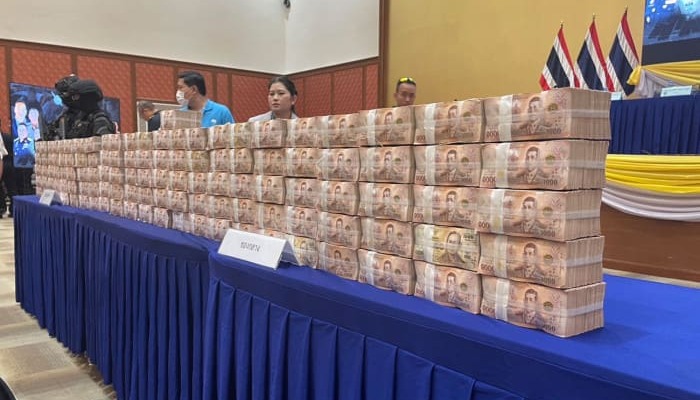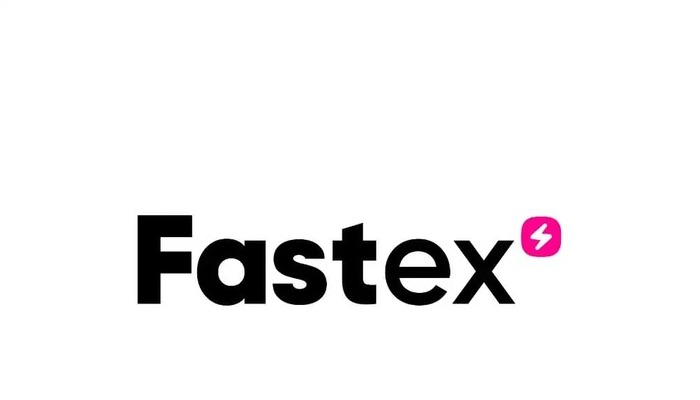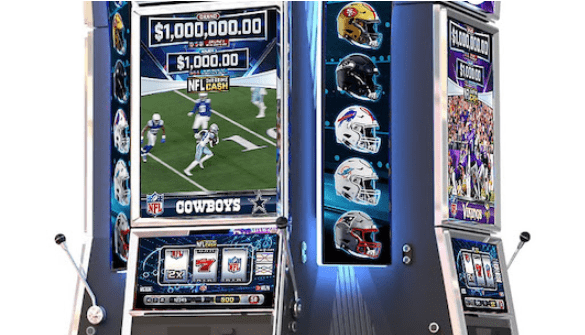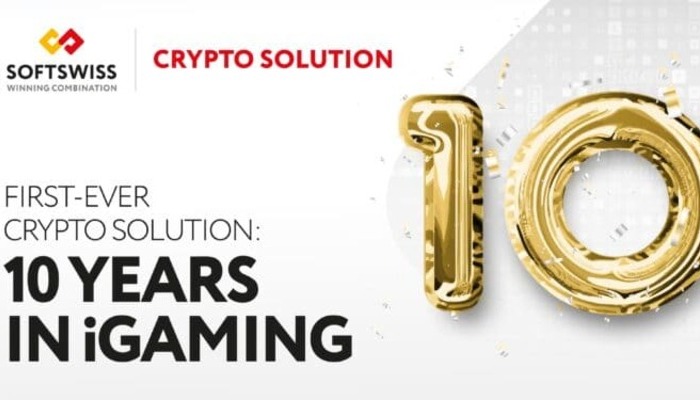
5 New Token Standards You Need to Know
5 New Token Standards You Need to Know
The NFT market is evolving, but not in the obvious manner that blockchain users are used to. Innovation currently occurs through iteration at the token level rather than PFPs, open editions, and memecoins driving the charge into a new market phase.
Even while the many unique technologies being produced in Web3 are certain to grow and evolve over time, many advents go unnoticed until they’re ready to have a significant influence. However, a plethora of new token standards appear ready to change that. The ones you need to be aware of are listed below.
ERC-6551
ERC-6551 is a new type of token standard first proposed in February 2023 that gives every ERC-721 token a smart contract account. These “token-bound accounts,” as they have been called, allow ERC-721 tokens (a standard of the NFT space) to own assets and interact with applications without requiring changes to existing ERC-721 smart contracts or infrastructure.
Similar to how Coral’s Backpack wallet allows an xNFT to function like an app, ERC-6551 essentially turns an NFT itself into something akin to a backpack. Think of it as taking your PFP NFT and creating an account for it. And this account can do things like collect tokens and rewards, run processes, and message other accounts, all from the NFT itself rather than the wallet it is held in.
ERC-721C
ERC-721C, released in its “final” form in May 2023, is a new type of token standard created to effectively make on-chain royalties enforceable. In contrast with ERC-721 and ERC1155 — the most commonly created and traded type of NFTs — this new standard makes royalties programmable, allowing creators to block zero-fee exchanges from platforming their works once and for all.
This new standard was created by blockchain gaming company Limit Break to allow creators to set new rules for their royalties on-chain. Essentially, ERC-721C allows for the creation of a new type of customizable royalties contract that lets creators choose where their NFTs are sold and empowers them to filter interactions from only the contracts and applications of their choosing.
BRC-721E
BRC-721E, introduced in May 2023, is a new standard created to allow traders to turn Ethereum-based NFTs into Bitcoin NFTs. Created as a collaboration between Ordinals Market and Bitcoin Miladys, this simple protocol allows ERC-721 NFTs to migrate to Bitcoin individually without the need for a developer to inscribe an entire collection beforehand.
The standard functions by encoding data directly into a burn transaction, meaning that when a user creates a BRC-721E, they, in turn, destroy the NFT of origin to receive a new Ordinals Inscription. The process also works for airdrops, and collections that bridge from ETH to BTC using BRC-721E will be automatically listed on Ordinals Market.
BRC-20
The Bitcoin Request for Comment 20 token, better known as BRC-20, is a token standard created in March 2023 by an anonymous developer that goes by the name of Domo. BRC-20 is quite similar to ERC-20, the Ethereum-based standard for fungible tokens. Yet, BRC-20 is unique in how it operates to give Bitcoin a more sophisticated NFT functionality.
In essence, BRC-20 is an experimental token standard that enables fungible tokens to be minted and traded via the Ordinals protocol on the Bitcoin blockchain. Notably, BRC-20 does not use smart contracts like other popular NFT standards but rather lets users store a script file on Bitcoin, using Ordinals to write JSON data to Satoshi (sats) — the atomic unit of Bitcoin.
SRC-20
SRC-20, also known as STAMPS (Secure Tradeable Art Maintained Securely), is a new standard on Bitcoin created in May 2023 by Stampchain. It was developed on the basis of BRC-20, with its significant difference being that while BRC-20 transactions are stored in witness data, SRC-20 transactions are stored in spendable data.
Essentially, this means that it is theoretically possible for BRC-20 tokens and data to be removed from Bitcoin. But the same is not true with SRC-20, which gives this particular standard an extra layer of decentralization. STAMPS were inspired by and make use of the Counterparty minting protocol, which was used to launch the historic and highly coveted Rare Pepes collection.
Other Interesting:
Hong Kong opens crypto exchange licensing ahead of retail trading
See other website:
Oriental Game
Other Interesting Articles
Jun 5, 2023











